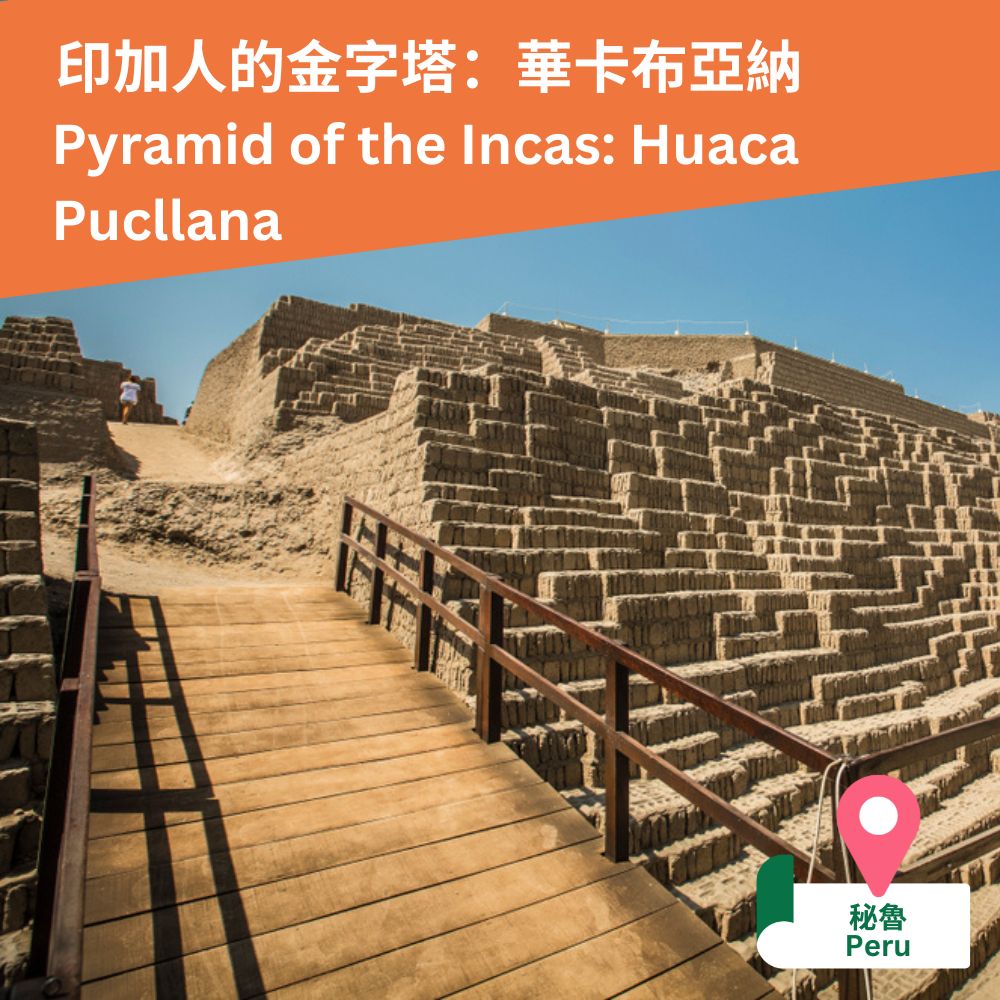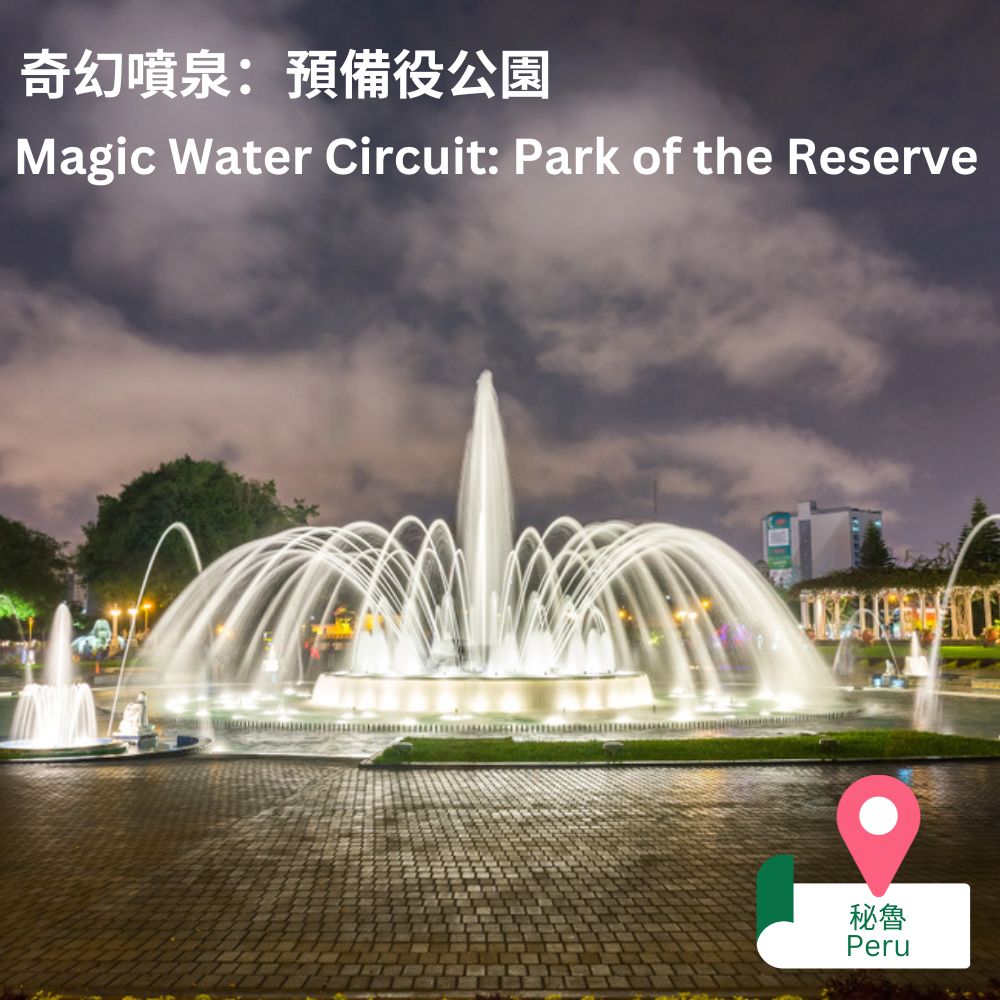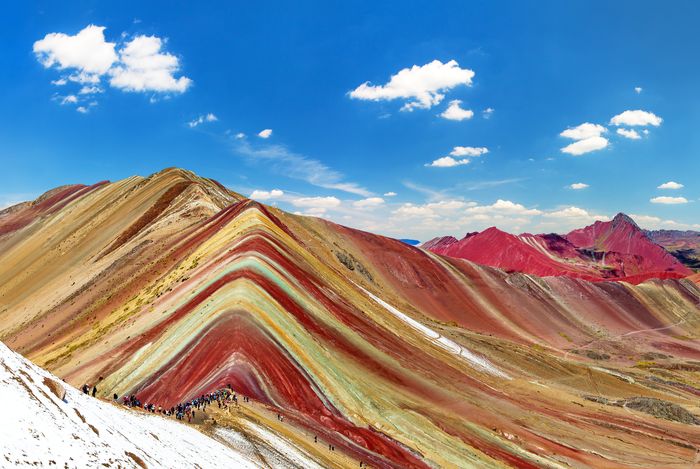Mysterious and beautiful ancient civilisation ~ Peru
 Weather forecast of Peru
Weather forecast of Peru





Share the article:
Recommended Related Article:
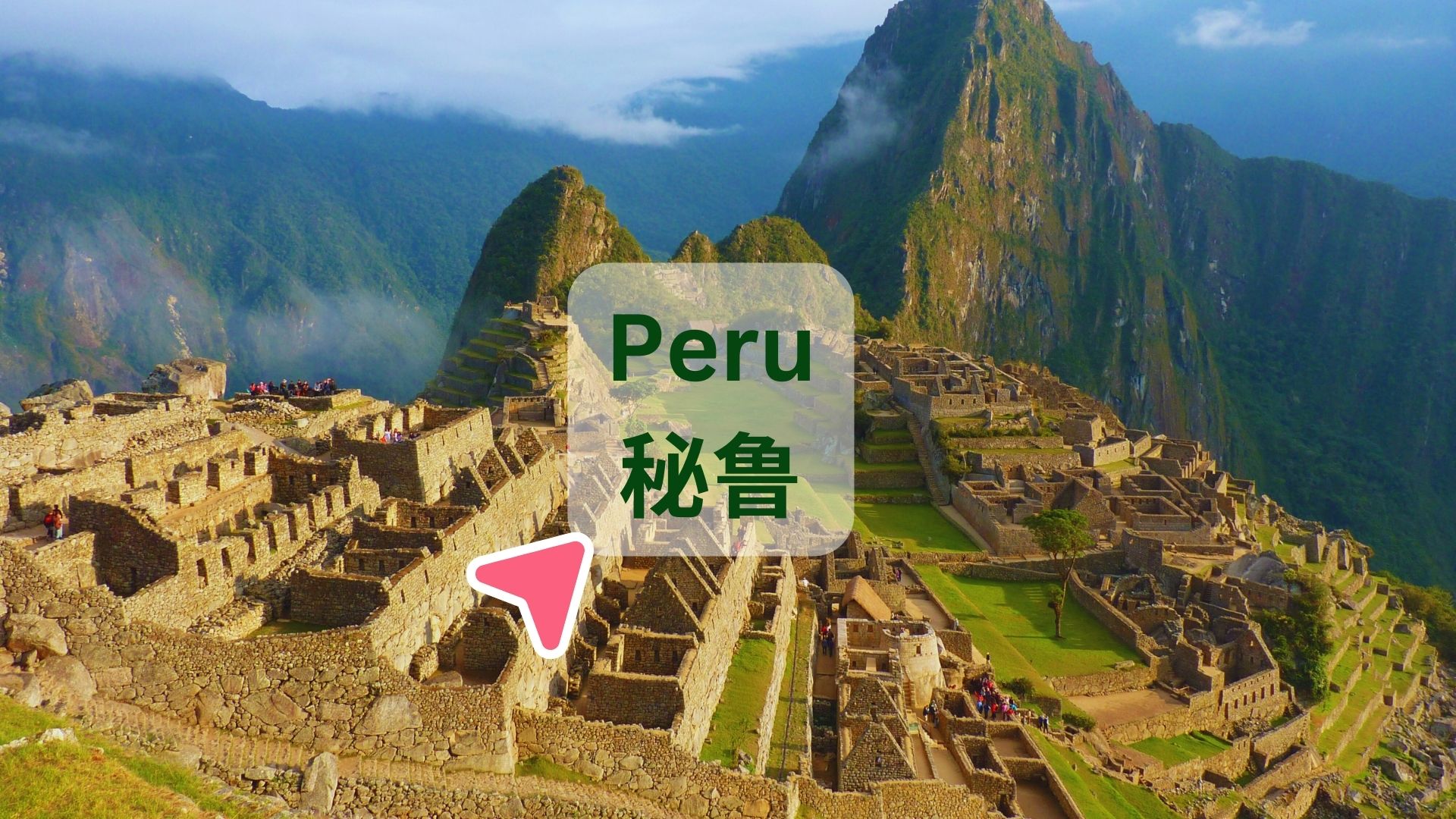
Mysterious and beautiful ancient civilisation ~ Peru
After years of excavation and exploration, archaeologists have finally discovered the fifth major civilisation of ancient mankind, the ancient Peruvian civilisation in South America.
Let's explore this mysterious country with a history of 5,000 years with 【GreaterGo】.
Machu Picchu
If you have to choose one iconic landmark for Peru, Machu Picchu would most probably be your choice. Setting high on the Andes Mountains, the legendary city was built as early as in the 15th century by the Inca Empire. However, in the 16th century, the city was abandoned and hidden in the clouds after the Spanish conquest of Peru. It was not until the 20th century that the historical site was rediscovered by an American archaeologist. Wide attention was aroused after the National Geographic magazine published a detailed report on Machu Picchu. Since then, it has become one of the most popular world heritage sites, and has been listed as the new Seven Wonders in the World.
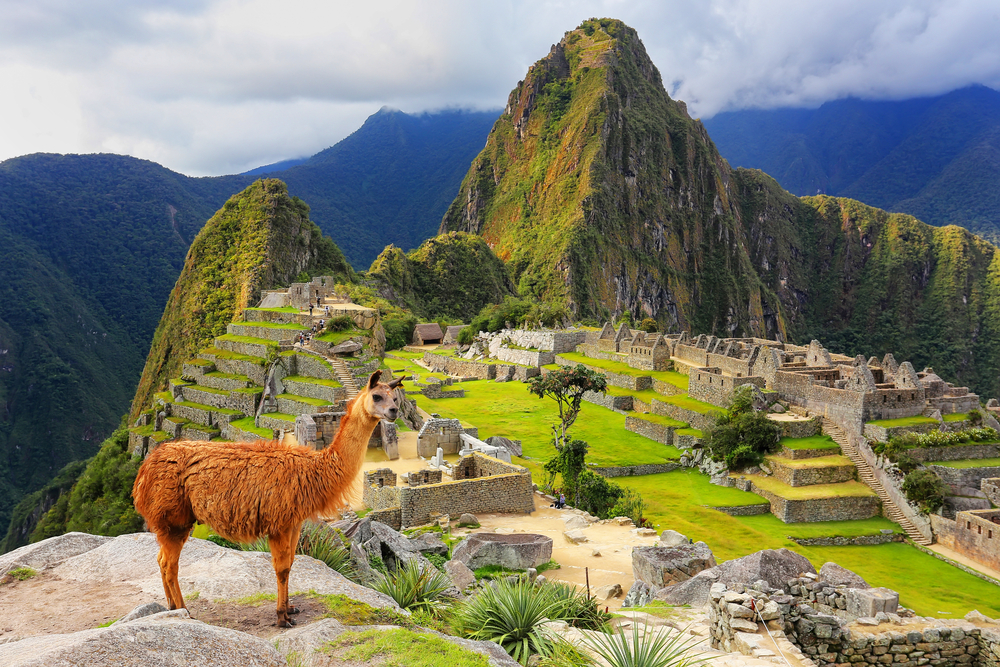
You can set off for a four-to-five-day trek on the Inca Trail from the City of Cuzco, an ancient city of the Inca Empire period, to get to Machu Picchu, the Inca royal citadel. Or you can take the new Inca Rail direct train with splendid scenery and comfortable seats to arrive at the isolated UNESCO Mixed Cultural and Natural World Heritage. On the green mountains, the sunlight sprinkles on the majestic ancient architecture fused by giant blocks, as if it was gilded when looking at a distance. The adorable alpacas are grazing relaxingly on the grassland, while overlooking those visitors exploring the Intihuatana Stone and temples. When walking between the enormous stone walls, it would occur to you how impressive it is for the Inca to build this legendary city high on mountains with limited skills and building materials.
Lines and Geoglyphs of Nazca and Palpa
Although we live in a world of thriving scientific development, there are still many mysteries that remain unsolved. For example, the Crop circle, the Loch Ness Monster, the Bermuda Triangle...The answers for all of them are still up in the air. There is also an unanswered mystery far in Peru, South America.
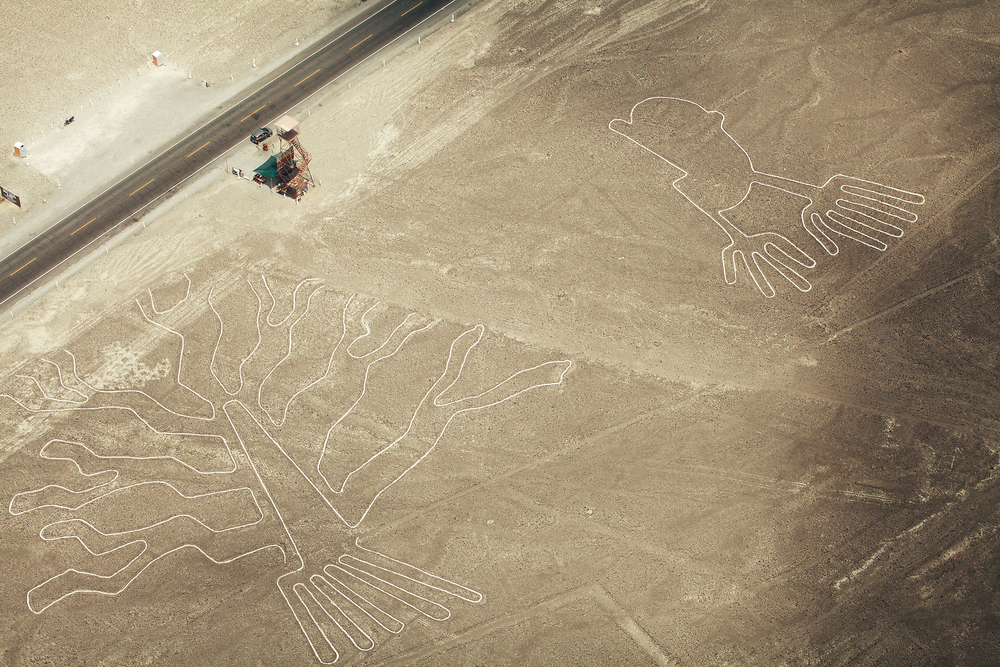
Etched by stones, the mysterious geoglyphs in different shapes were found in the Nazca Desert. Most lines run straight across the desert, but there are also some geometric figures and designs depicting figurative creatures and plants, such as monkey, spider, fish and human. Their sizes range from a few metres to a kilometre wide. The usage of these geoglyphs is still unknown. While some may suggest ancient rainmaking rituals, others suggest a theory for communication with aliens, and navigation for them to land on Earth. It is also believed the geoglyphs to have had ritual astronomical functions.
According to archaeologists, the geoglyphs were drawn between the 5th century B.C to the 5th century A.D. Yet, they don’t have the precise answer to how they were created. The shapes are usually made from one continuous line, which was engraved to be 10-15cm deep. With its isolation, and the dry and windless climate of the plateau, the lines have mostly been preserved. Some of the enormous shapes formed by the Nazca lines are best seen from the air. There is no clue on how the shapes were precisely created. You may have to fly across the Nazca Desert in your light aircraft to find out the answer to the UNESCO World Cultural Heritage.
Amazon River
Every civilisation was nurtured by its mother river. The river that nurtured the glorious culture of the Inca Empire is the Amazon River, the largest river by discharge volume of water in the world.
The river flows through the northern part of South America from Peru, Colombia and discharges into the Atlantic Ocean in Brazil. The largest rainforest can be found along the Amazon River. Referred to as the “lungs of the Earth”, the luxuriant Amazon rainforest is home to numerous animals and plants. It is not only a cradle of biodiversity, but a place where some of the fresh oxygen on Earth is generated. There are primitive tribes leading a traditional and self-sustainable life in their simple thatched cottages in the rainforest. They indeed are the living fossils of the history of human civilisation.

Expeditions to the Amazon River and rainforest seemed to be exclusively for explorers in the past. Nowadays, you can be one of them, and kick off your exploratory tour in Iquitos, a Peruvian port city. There you would get on a boat to go deep into the rainforest, visit the primitive tribes and admire the enchanting scenery of the river.
Colca Canyon
Peru boasts an abundance of landscapes, the Colca Canyon is one of them. It may not be as magnificent as the Grand Canyon in the United States and the Charyn Canyon in Kazakhstan. Yet, the Colca Canyon is more lively and full of greenery.
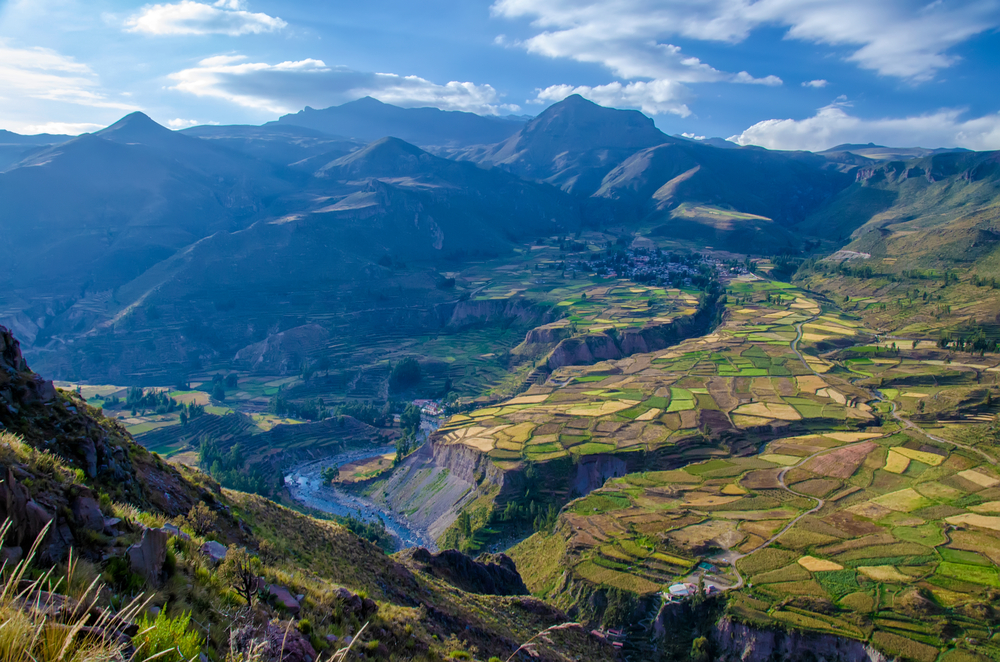
Setting off from Arequipa, a southern Peruvian city, you would arrive at this world’s second deepest canyon after a three to four-hour ride. There are a number of lookout points on the canyon whereyou can enjoy the stunning view from different angles. Consider yourself lucky if you can spot the majestic Andean condors soaring in the sky. The Colca river runs in the valley, with precipitous cliffs blanketed with vegetation. The villages nearby preserve the most original culture of Inca, including language and custom. Villagers there are all attired in traditional garments. When you come to the Colca Canyon, do spare some time to visit the historical villages to experience the authentic Inca culture.
Uros Islands
The Lake Titicaca, straddling between the border of Peru and Bolivia, is the largest in South America. Setting high on the Andes Mountain, the enormous lake has an altitude of more than 3,000m, and is one of the few navigable highland lakes in the world. Lake Titicaca, which is considered to be the birthplace of the Inca culture, is home to some Peruvian and Bolivian indigenous people.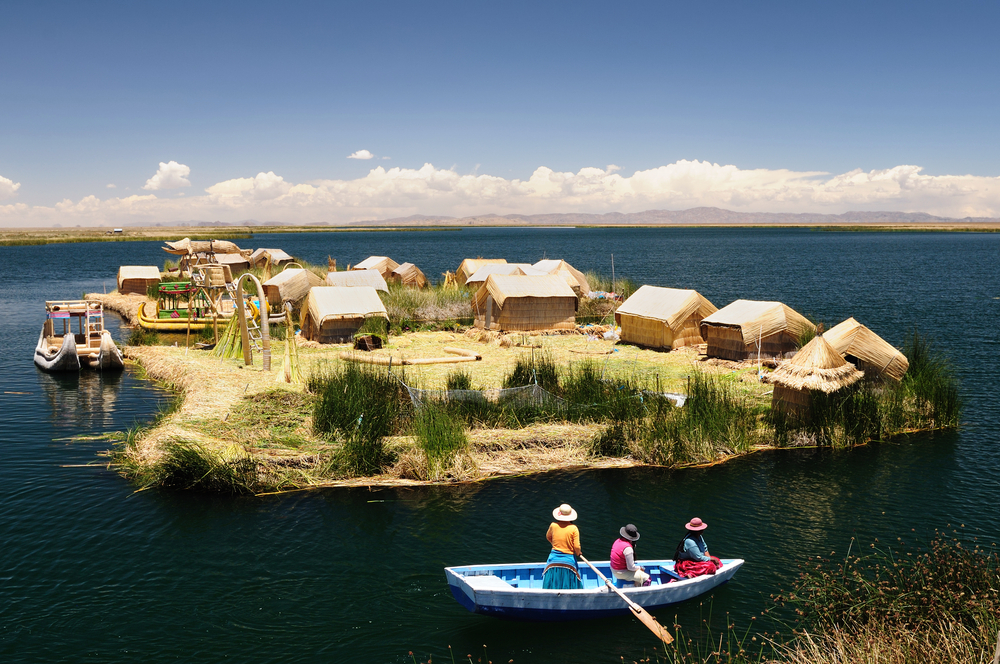
These indigenous people are called the Uros. They live not by the lake, but on the self-fashioned floating islands scattered on it. The Uros construct the floating islands with bundles of dried reeds and build settlements on them. The smaller islands usually house one to two families, while the bigger ones accommodate about 20 to 30 families, and also facilities such as schools and markets. The residents use solar energy for electricity generation, and rely on fishing for a living. Supporting facilities such as coffee shops and handicraft markets are built in light of an increase in tourists recently. If you have a chance, you are welcome to homestay in the reed house, and enjoy a lake cruise on a unique reed boat to experience life on the lake!
Rainbow Mountain
The ancient Inca citadel Machu Picchu is one of Peru's most popular tourist attractions. Apart from this familiar UNESCO World Heritage Site, Rainbow Mountain, on a staggering sea level of more than 5,200m, has become another popular hiking destination in recent years.
For details, please read - [Hidden Gem in the Belt and Road] The must-see natural wonder of Peru: Rainbow Mountain
Recommended Related Article:


